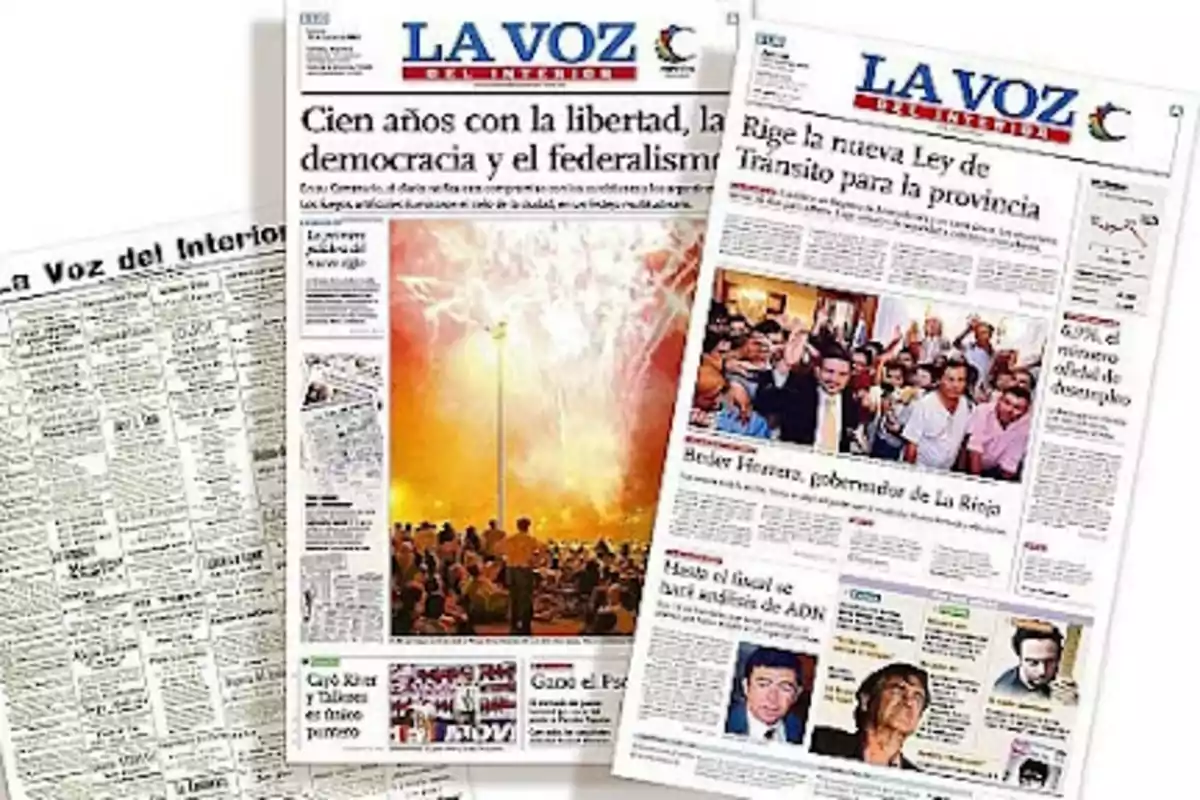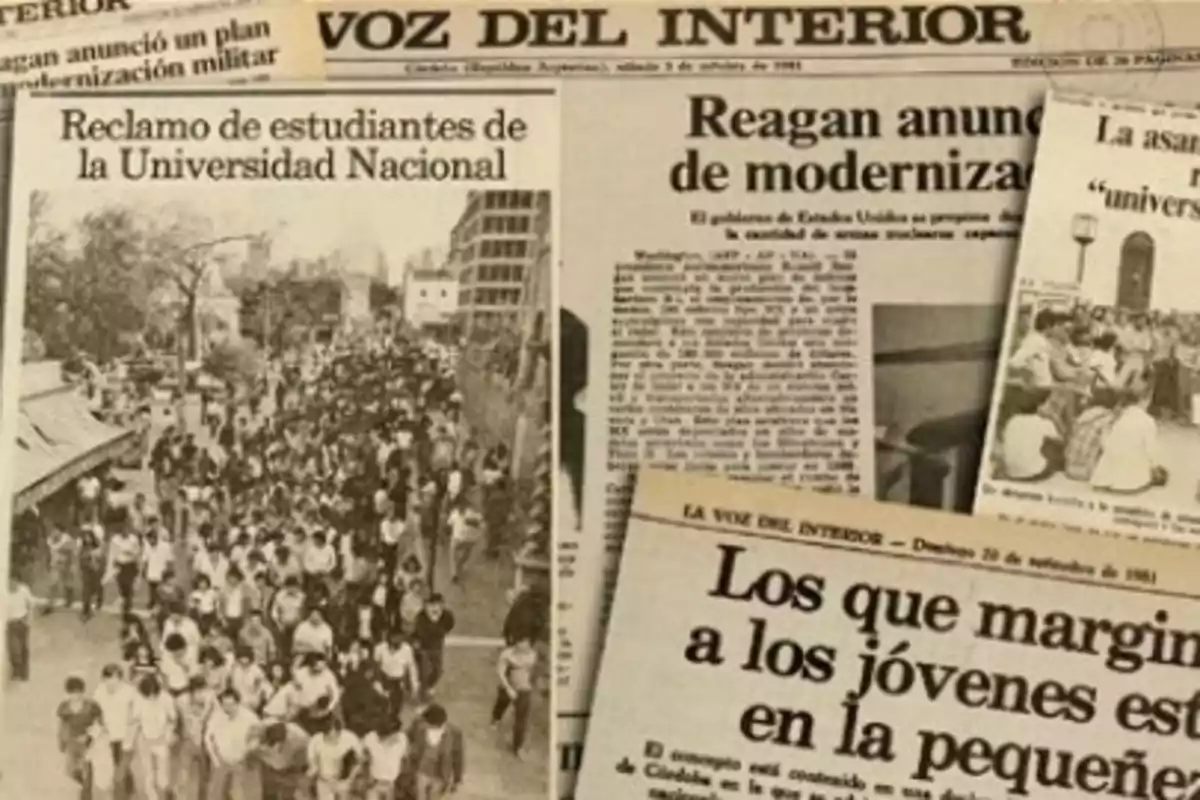
Crisis in the media: La Voz del Interior ceases printing in Córdoba
The newspaper owned by Clarín is struggling due to declining sales, and now its copies will be printed in Santa Fe
The drop in sales has been brutal and left no room for the Córdoba-based newspaper The Voice del Interior.
Starting this week, the printing plant located at the main headquarters, at Avenida The Voice del Interior 6080 will be closed and the few copies that are still being sold will be printed at a plant in Santa Fe.
According to reports, the Córdoba plant, which was partially subleased to companies, has been sold. There is no official information about this.

The Voice's manager, Juan Tillard, issued an internal statement in which he shares details of this decision.
He mentions that the employees of the printing plant will be transferred to other areas, although almost none remain because they have been laid off.
He also mentions "making use of physical assets," meaning continuing to lease out what remains of the facilities, as well as focusing on digital.
The Voice del Interior and the media crisis
What is happening at The Voice del Interior, a leading newspaper in the country's interior that once reached a circulation of over 100,000 copies, is not unrelated to the global media crisis.

The lack of adaptation and creativity, in addition to low credibility, has caused newspapers worldwide to lose readers.
They survive thanks to official advertising, something that Javier Milei's government decided to cut, understanding that there is no reason for them to receive citizens' money.
Trying to charge for a mediocre product was not a wise decision.
Today, readers get information about what is happening anywhere in the world freely and at no cost.
The case of Los Andes de Mendoza, a relative of The Voice
Los Andes de Mendoza was also owned by Clarín until recently, when it was sold.

Now, under the ownership of businesspeople from that province, it decided to eliminate the paywall and subscriptions and its readership doubled: it is already in the top 10 most-read in the country in the Comscore ranking. Meanwhile,
The Voice (still owned by Clarín and with a paywall), only appears in 15th place.
Newspapers copy social media
Newspapers have had to reinvent themselves as digital portals, which in many cases do nothing more than replicate what is said on social media.

Influencers and the possibility for anyone to report news on social media finished them off. The battle for clicks ended up devouring them.
The Voice del Interior will be printed in Santa Fe
Both The Voice del Interior and Los Andes copies will come from the Santa Fe printer, forcing both newsrooms to "close" editions earlier in order to have the product ready before sunrise, which is when distribution to kiosks begins.
More posts: